Seabed mining facing high hurdles from NZ EPA
Effects of Noise on Wildlife, News, Ocean, Ocean energy Comments Off on Seabed mining facing high hurdles from NZ EPAIn recent years, there’s been a growing sense of concern in the ocean noise community about the worldwide emergence of plans for mining the seabed for a wide range of minerals. Some of these plans are moving toward completion, as mining companies have solved the cost and technical complications and begun submitting actual project plans to regulators. An early glimpse of this process has just emerged from New Zealand, where the EPA is now evaluating a permit to mine rock phosphate offshore from the South Island. See this article in Pundit (a tamer Kiwi version of Huffington) for a very good summary of the process going on there.
In particular, Pundit’s Claire Browning notes that the first seabed mining proposal to come before the EPA was turned down, and she details some of the extravagant non-acoustic impacts of the current project—the process involves scooping up masses of seabed and dumping most of the material back, creating plumes of debris (including uranium and other heavy metals) in the water column. All this in a Benthic Protected Area where no bottom-trawling is allowed. Meanwhile, a consortium of environmental groups is stressing the insufficient acoustic and population assessments included in the application:
…the company had carried out no visual or acoustic surveys to establish what whales were in the vicinity, and there was no empirical data on noise that would be generated by the mining. Instead, CRP contractors had constructed a model extrapolating noise from a shallow-water mining operation, a model that, for example, did not take into account noise from pipes taking sediment 450 metres up to the ship – or back down.
“There are a number of potentially serious impacts on marine mammals. More rigorous environmental impact assessment would be needed to assess the severity of the impacts of this development,” said Ms Slooten.
It’s especially good to see that local watchdogs are thinking broadly about the potential acoustic emissions, including the sounds of material being pumped through pipes; our colleagues at Ocean Noise Conservation have been raising questions about such largely-ignored subsea industrial noise around oil and gas sites for several years. Also interesting in the Pundit piece is a moderately deep dive into the question of how much the Kiwi EPA is taking the precautionary principle into account; the lack of concrete direction to do so was a controversial element of the statutory directions to the newly-formed agency, but it appears that its decisions are indeed deferring activities that carry uncertain risks to sensitive areas. It’s worth noting that seabed mining may not always be a bad thing; much terrestrial mining has high environmental and social impact, with the resulting raw material shipped large distances to its eventual markets. Such pressure may be relieved at times by moving offshore; in this case, the company’s website highlights the benefits of mining rock phosphate domestically rather than importing it from Morocco, the primary current source. But of course, offshore sites need to be thoroughly assessed, and any new activity directed toward areas that will create minimal impact on marine life.

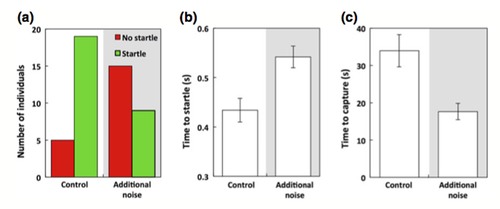

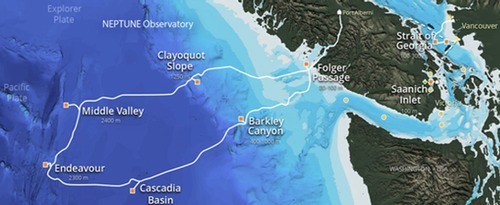
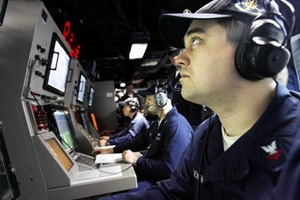 But while scientists are keen to hear what the new undersea recordings have to tell us, the US and Canadian Navies are far less enthusiastic. They’re concerned that the audio feeds, which are freely available to scientists and the public as downloads and via live online feeds, will reveal sensitive information about submarine and ship movements, navy training activities, and even the sound signatures of individual vessels. The two navies have arranged with researchers to have an audio bypass switch that allows them to divert the audio streams into a secured military computer—sitting in a locked cage at the research facility where the data comes ashore—at times when their ships are nearby (and also at some random other times, so that their diversions don’t give away any secrets on their own!).
But while scientists are keen to hear what the new undersea recordings have to tell us, the US and Canadian Navies are far less enthusiastic. They’re concerned that the audio feeds, which are freely available to scientists and the public as downloads and via live online feeds, will reveal sensitive information about submarine and ship movements, navy training activities, and even the sound signatures of individual vessels. The two navies have arranged with researchers to have an audio bypass switch that allows them to divert the audio streams into a secured military computer—sitting in a locked cage at the research facility where the data comes ashore—at times when their ships are nearby (and also at some random other times, so that their diversions don’t give away any secrets on their own!). 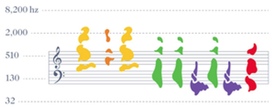
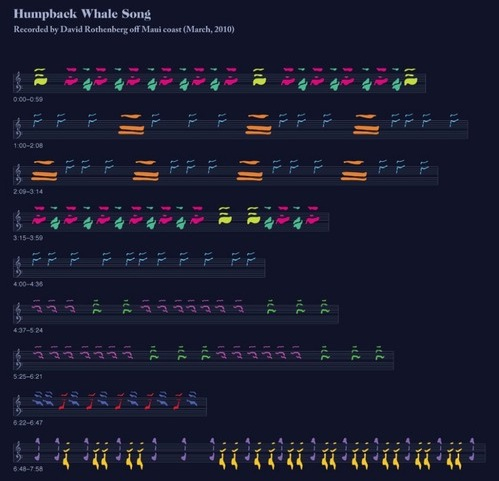
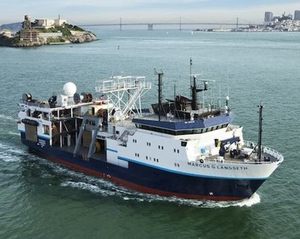 The survey, by Columbia University’s research vessel the Marcus Langseth (left) would examine seafloor sediment, as part of research looking at how climate change has affected river runoff and deposition over the past sixty million years. Some
The survey, by Columbia University’s research vessel the Marcus Langseth (left) would examine seafloor sediment, as part of research looking at how climate change has affected river runoff and deposition over the past sixty million years. Some 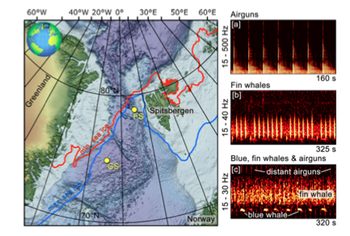 Luckily for the fin whales who are the most populous marine mammal in these remote waters east of northern Greenland, they tend to show up toward the end of the summer airgun season, and concentrate their polar activity in the winter, when the airguns go silent. But blue whales and a relatively few sperm whales like to be there in late summer, and must co-exist with the steady rumble of airgun sounds, which increase the ambient sound levels by an average of 5-10dB, and up to 20dB. By contrast, the roar of storm-driven winter waves adds up to 12dB, and the calls of thousands of fin whales add up to 10dB.
Luckily for the fin whales who are the most populous marine mammal in these remote waters east of northern Greenland, they tend to show up toward the end of the summer airgun season, and concentrate their polar activity in the winter, when the airguns go silent. But blue whales and a relatively few sperm whales like to be there in late summer, and must co-exist with the steady rumble of airgun sounds, which increase the ambient sound levels by an average of 5-10dB, and up to 20dB. By contrast, the roar of storm-driven winter waves adds up to 12dB, and the calls of thousands of fin whales add up to 10dB.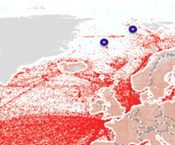
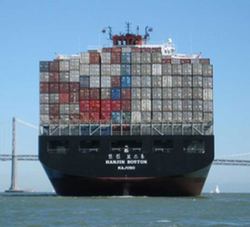 This marks the successful completion of a
This marks the successful completion of a 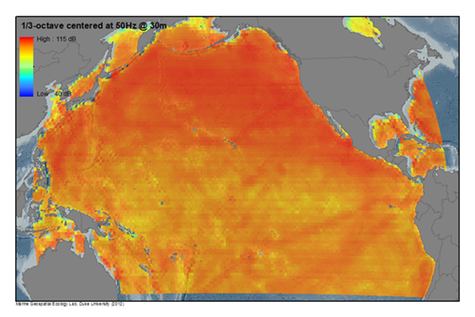

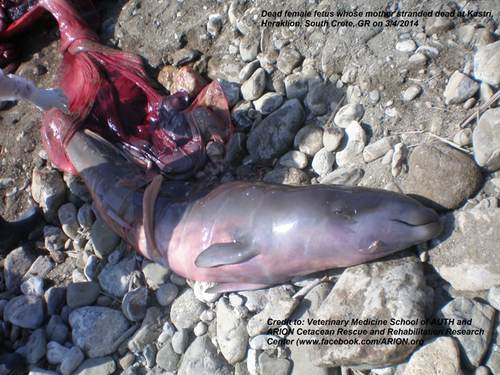
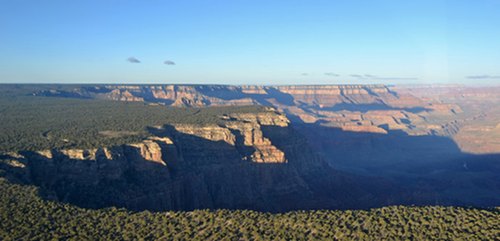
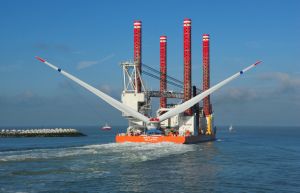 With all this in mind, Dominion Virginia Power’s first commitments to the Virginia Offshore Wind Development Authority
With all this in mind, Dominion Virginia Power’s first commitments to the Virginia Offshore Wind Development Authority  “Even with these restrictions placed on several recently constructed facilities, the board has received complaints regarding sounds produced by the operation of some facilities. These complaints have raised questions about whether the limitations that the board has previously adopted are adequate,” the PSB
“Even with these restrictions placed on several recently constructed facilities, the board has received complaints regarding sounds produced by the operation of some facilities. These complaints have raised questions about whether the limitations that the board has previously adopted are adequate,” the PSB 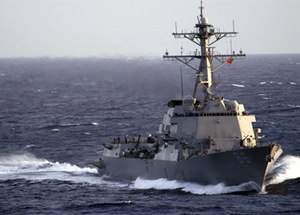 Immediately after NOAA’s approval, environmental organizations
Immediately after NOAA’s approval, environmental organizations 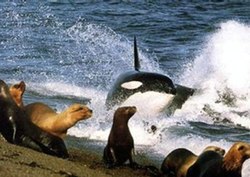 One study is further along, having
One study is further along, having 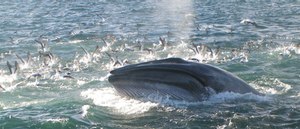 She said the sound of “bait balls” of prey, such as schools of fish, could be greatly heightened when a feeding frenzy involving larger fish and seabirds broke out. Dr Constantine said whales had been observed swimming rapidly from over a kilometre away toward prey aggregations, “so we’re very interested to find out if there are specific acoustic cues they home in on”.
She said the sound of “bait balls” of prey, such as schools of fish, could be greatly heightened when a feeding frenzy involving larger fish and seabirds broke out. Dr Constantine said whales had been observed swimming rapidly from over a kilometre away toward prey aggregations, “so we’re very interested to find out if there are specific acoustic cues they home in on”.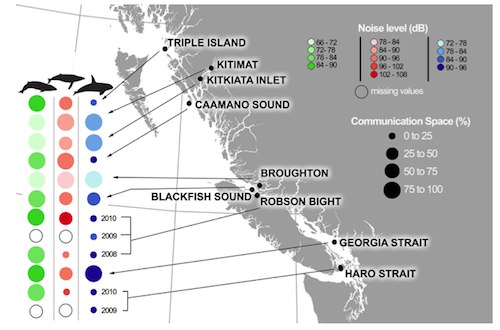 (noise levels and communication space in median noise conditions)
(noise levels and communication space in median noise conditions)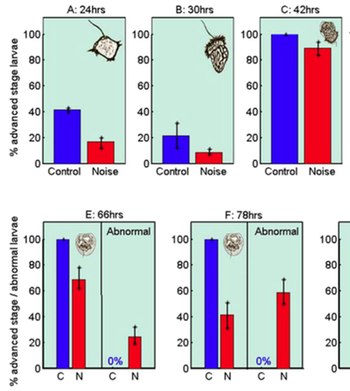 For the first day and a half, larvae exposed to airgun noise showed significant developmental delays. At close to two days, the noise-exposed group appeared to be nearly as likely to be fully developed as the control group (upper right chart). But, after passing the 48-hour mark, as the larvae moved into the next stage of development, those in noise lagged again; at 66 hours, all of the control larvae had completed the D-veligar development, while a large proportion of those exposed to noise did not complete this transition. In addition, a significant proportion of the noise-exposed larvae began exhibiting physical abnormalities (localized bulges in the soft body of the larvae, but not in the shell). By the end of the study, at 90 hours, an average of 46% of noise-exposed larvae showed malformations, ranging from 27%-91% in the four flasks being independently analyzed. (Ed. Note: I’ve reproduced five of the seven charts here, omitting samplings at 54hrs and 90hrs for the sake of better readability.)
For the first day and a half, larvae exposed to airgun noise showed significant developmental delays. At close to two days, the noise-exposed group appeared to be nearly as likely to be fully developed as the control group (upper right chart). But, after passing the 48-hour mark, as the larvae moved into the next stage of development, those in noise lagged again; at 66 hours, all of the control larvae had completed the D-veligar development, while a large proportion of those exposed to noise did not complete this transition. In addition, a significant proportion of the noise-exposed larvae began exhibiting physical abnormalities (localized bulges in the soft body of the larvae, but not in the shell). By the end of the study, at 90 hours, an average of 46% of noise-exposed larvae showed malformations, ranging from 27%-91% in the four flasks being independently analyzed. (Ed. Note: I’ve reproduced five of the seven charts here, omitting samplings at 54hrs and 90hrs for the sake of better readability.)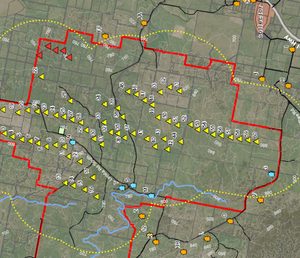 Meanwhile, the 63-turbine Collector Wind Farm has been received a
Meanwhile, the 63-turbine Collector Wind Farm has been received a